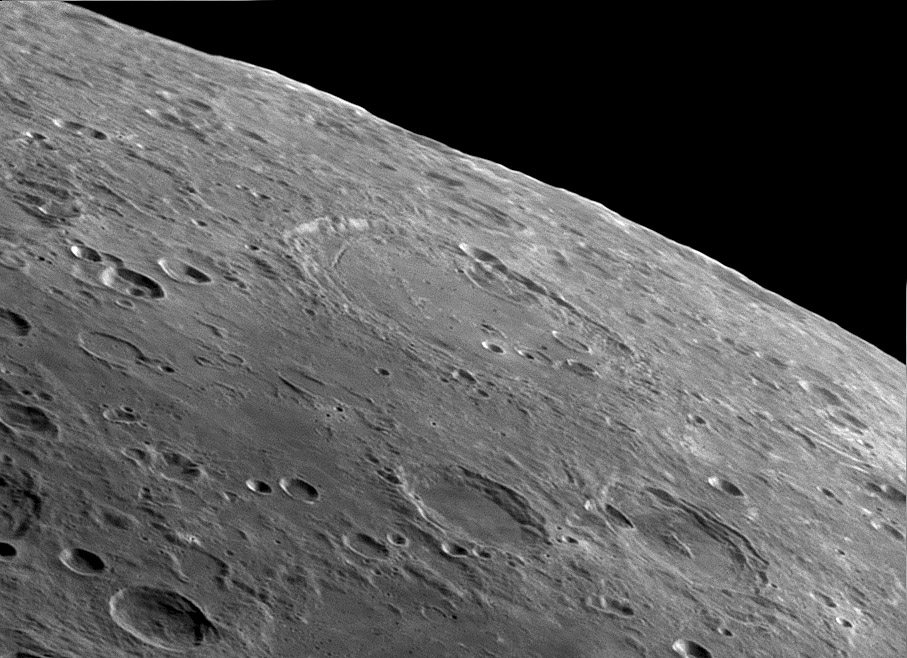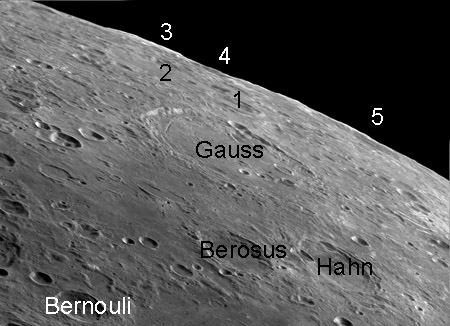Difference between revisions of "March 28, 2014"
| Line 1: | Line 1: | ||
__NOTOC__ | __NOTOC__ | ||
=Out On a Limb= | =Out On a Limb= | ||
| − | |||
<!-- ws:start:WikiTextHeadingRule:0:<h1> --> | <!-- ws:start:WikiTextHeadingRule:0:<h1> --> | ||
<!-- ws:start:WikiTextLocalImageRule:14:<img src="/file/view/LPOD-Mar28-14.jpg/498925554/LPOD-Mar28-14.jpg" alt="" title="" /> -->[[File:LPOD-Mar28-14.jpg|LPOD-Mar28-14.jpg]]<!-- ws:end:WikiTextLocalImageRule:14 --><br /> | <!-- ws:start:WikiTextLocalImageRule:14:<img src="/file/view/LPOD-Mar28-14.jpg/498925554/LPOD-Mar28-14.jpg" alt="" title="" /> -->[[File:LPOD-Mar28-14.jpg|LPOD-Mar28-14.jpg]]<!-- ws:end:WikiTextLocalImageRule:14 --><br /> | ||
| − | <em>image by [mailto:jocelyn.serot@free.fr Jocelyn Serot], France</em><br /> | + | <em>image by [mailto:jocelyn.serot@free.fr" rel="nofollow Jocelyn Serot], France</em><br /> |
<table class="wiki_table"> | <table class="wiki_table"> | ||
<tr> | <tr> | ||
| Line 11: | Line 10: | ||
<td>One of the challenges of observing along the limb is trying to identify features observed. The big craters like Gauss are readily identifiable but smaller ones are usually less well known - Berosus or Beals, anyone? And even more indefinite are the features seen right on the limb - here well exposed with a 6° libration. I know that some folks use software like LTVT to positively identify limb and over the limb features but I prefer to navigate by crater hopping and dead reckoning to figure out who they are. Of course, its probably called <em>dead reckoning</em> because that is the way some seamen ended up who navigated that way. Crater #1 behind Gauss is a relatively fresh 53 km crater named Beals. Number 2 is the older, larger and shallower Riemann, but beyond there identifications become sketchier. Is #3 the rim of Fabry at about 100°E longitude? If so, the low spot to the south (#4) could be Harkhebi, which has probably never appeared in an LPOD before. Number 5 seems to be in the right position to be Vestine but it seems too big and probably is part of the Rayleigh-Joliot group. I try to identify these features by lining up two to three foreground craters and projecting to the unknown limb ones using the <em>[http://lpod.wikispaces.com/21st+Century+Atlas+of+the+Moon 21st Century Atlas]</em> chart L1. I am sure someone will correct me - and I welcome it!<br /> | <td>One of the challenges of observing along the limb is trying to identify features observed. The big craters like Gauss are readily identifiable but smaller ones are usually less well known - Berosus or Beals, anyone? And even more indefinite are the features seen right on the limb - here well exposed with a 6° libration. I know that some folks use software like LTVT to positively identify limb and over the limb features but I prefer to navigate by crater hopping and dead reckoning to figure out who they are. Of course, its probably called <em>dead reckoning</em> because that is the way some seamen ended up who navigated that way. Crater #1 behind Gauss is a relatively fresh 53 km crater named Beals. Number 2 is the older, larger and shallower Riemann, but beyond there identifications become sketchier. Is #3 the rim of Fabry at about 100°E longitude? If so, the low spot to the south (#4) could be Harkhebi, which has probably never appeared in an LPOD before. Number 5 seems to be in the right position to be Vestine but it seems too big and probably is part of the Rayleigh-Joliot group. I try to identify these features by lining up two to three foreground craters and projecting to the unknown limb ones using the <em>[http://lpod.wikispaces.com/21st+Century+Atlas+of+the+Moon 21st Century Atlas]</em> chart L1. I am sure someone will correct me - and I welcome it!<br /> | ||
<br /> | <br /> | ||
| − | <em>[mailto:tychocrater@yahoo.com Chuck Wood]</em><br /> | + | <em>[mailto:tychocrater@yahoo.com" rel="nofollow Chuck Wood]</em><br /> |
PS - What are the three bright stripes along right margin about 1/3 up from the bottom?<br /> | PS - What are the three bright stripes along right margin about 1/3 up from the bottom?<br /> | ||
<br /> | <br /> | ||
Revision as of 22:57, 4 January 2015
Out On a Limb

image by " rel="nofollow Jocelyn Serot, France
 |
One of the challenges of observing along the limb is trying to identify features observed. The big craters like Gauss are readily identifiable but smaller ones are usually less well known - Berosus or Beals, anyone? And even more indefinite are the features seen right on the limb - here well exposed with a 6° libration. I know that some folks use software like LTVT to positively identify limb and over the limb features but I prefer to navigate by crater hopping and dead reckoning to figure out who they are. Of course, its probably called dead reckoning because that is the way some seamen ended up who navigated that way. Crater #1 behind Gauss is a relatively fresh 53 km crater named Beals. Number 2 is the older, larger and shallower Riemann, but beyond there identifications become sketchier. Is #3 the rim of Fabry at about 100°E longitude? If so, the low spot to the south (#4) could be Harkhebi, which has probably never appeared in an LPOD before. Number 5 seems to be in the right position to be Vestine but it seems too big and probably is part of the Rayleigh-Joliot group. I try to identify these features by lining up two to three foreground craters and projecting to the unknown limb ones using the 21st Century Atlas chart L1. I am sure someone will correct me - and I welcome it!
|



